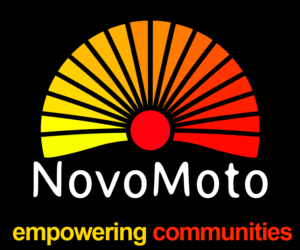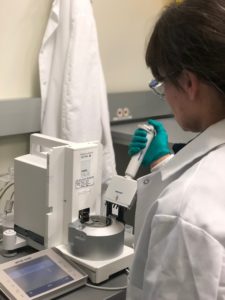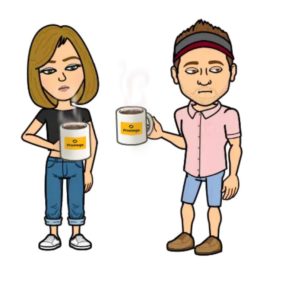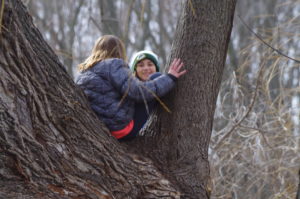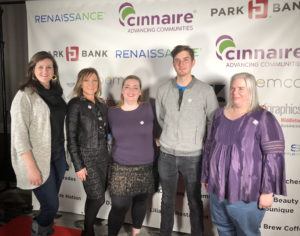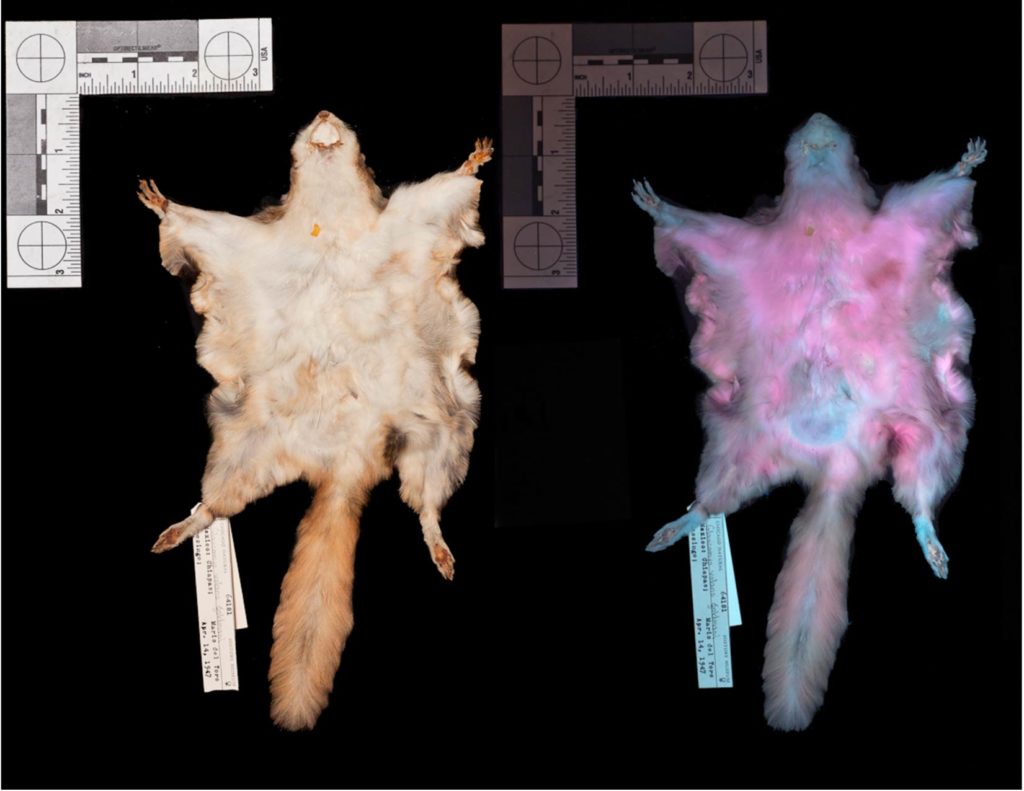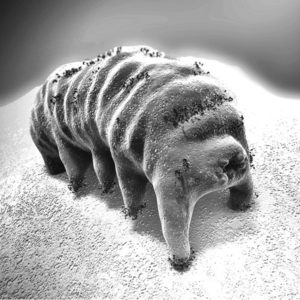Genetics are a curious thing. Don’t get me wrong, on paper and in theory, the study and science behind our inheritance completely checks out. However, in practice, it can still be a bit disconcerting to look in the mirror one day and recognize your father’s nose and eyebrows in your own face, or to realize you gesticulate in the same animated fashion as your mother, and sometimes hear her laugh come bubbling out of your own mouth.
More curious still are the structures and behaviors that have been carried throughout evolution to the modern era of humanity, though we are considerably distinguishable from our more primitive ancestors.
And perhaps most curious of all, are the structures we continue to pack along with us, as that have little to no known useful function in the contemporary human body. These features are better known as vestigial structures, and are classically defined as features and behaviors that no longer serve the function and purpose they were designed to perform (in comparison to other creatures with the same parts).
Currently, as I recover from the aftermath of a painful encounter with one of my own vestigial organs, I find myself considering if my late appendix ever did anything much for me, or if it’s only purpose was to lie in wait as a metaphorical ticking time-bomb. Prior to my surprise appendectomy, I hadn’t spared much thought for my appendix, and decided I wanted to honor it’s memory by learning more about it, in addition to several of our other human evolutionary leftovers. Man, I wish I would’ve asked the doctors to hang on to that bad boy for me!
The Evolutionary Junk in Our Trunk
Appendix
The appendix is perhaps the most widely known vestigial organ in the human body of today. If you’ve never seen one, the appendix is a small, pouch-like tube of tissue that juts off the large intestine where the small and large intestines connect. By comparison, in herbivorous vertebrates the appendix is much larger, and functions primarily to aid in the breakdown of cellulose in consumed plants. Today, the appendix is considered a small leftover from one of our plant-eating ancestors. As our diets have changed over time, the role our appendix plays in digestion has declined, leaving plenty of room for speculation regarding what purpose it serves now.
Continue reading “Useful or Useless: Weird Things Packed in Our Evolutionary Suitcase” Like this:
Like Loading...

